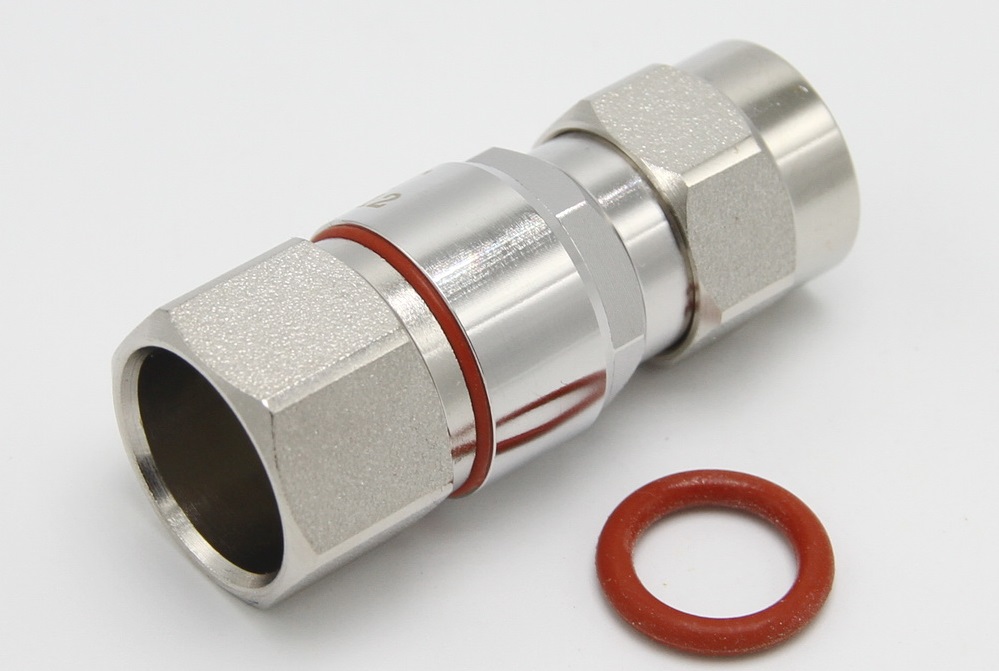A crucial element of any RF system is an rf cable assembly. It is crucial to the system’s ability to transmit signals between its parts. However, due to the complexity of the connectors and the delicate nature of the signals they transmit, maintaining and troubleshooting RF coaxial connectors can be challenging. This article will look at some best practices for looking after and troubleshooting RF coaxial connectors. Various websites provide RF coaxial connectors at reasonable prices. You can visit a reliable one to order one for yourself.
RF Coaxial Connector Maintenance
RF coaxial connector maintenance is crucial to guarantee your RF system’s optimum performance and dependability. The following are some top tips for taking care of RF coaxial connectors:
Regular Inspections
Check the connectors frequently for signs of wear and tear or damage. Look for cracks, bent pins, and other deformations that could compromise the connector’s functionality.
Cleanliness
Maintaining cleanliness will stop contaminants like dirt and dust from interfering with the signal’s transmission. To clean the connectors, utilize a cleaning kit made especially for RF connectors.
Proper Storage
Store them in a dry, cool, and dust-free environment to guard against corrosion and other environmental effects on the connectors.
Avoid blending
Avoid excessive cable bending because it may compromise the connectors’ functionality. Use a cable clip to hold the cable in place and stop it from bending.
Connector replacement
Replace the connectors if they show signs of wear and tear or damage. The use of worn-out or damaged connectors can impact the entire system’s performance.
Troubleshooting RF Coaxial Connector
Maintaining your RF system requires routine RF coaxial connector troubleshooting. RF coaxial connector troubleshooting best practices are as follows:
Check the Connections
Verify the connections to make sure they are solid and tight. Loose connections can impact the performance of the connector and the entire system.
Signal Quality
Check the signal quality to make sure it complies with the required standards. Use an RF spectrum analyzer for signal quality analysis and problem detection.
Cable Length
Check the cable length to make sure it falls within the range that is considered acceptable. Measure the cable length and look for any problems using a cable length tester.
Connector Compatibility
Check the connector compatibility to ensure the connectors are compatible with the other system parts. The use of incompatible connectors can impact the performance of the entire system.
Environmental Factors
Look for any environmental aspects that might be affecting the connectors’ performance. Examine the environment for temperature, humidity, and other elements that might impact the connectors.
Conclusion
Maintaining and troubleshooting RF coaxial connectors is essential to maintaining your RF system. Some of the best maintenance procedures for RF coaxial connectors include routine inspections, cleanliness, appropriate storage, cable bending, and connector replacement. One of the best ways to troubleshoot RF coaxial connectors is to check the connections, signal quality, cable length, connector compatibility, and environmental factors. By adhering to these best practices, you can guarantee your RF system’s optimum performance and dependability. It is always best to speak with a certified RF technician or engineer if you run into any problems that you cannot fix.
